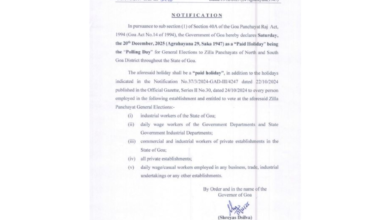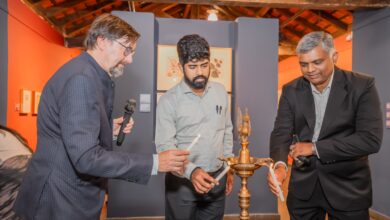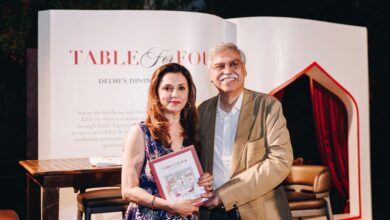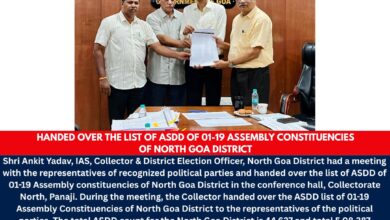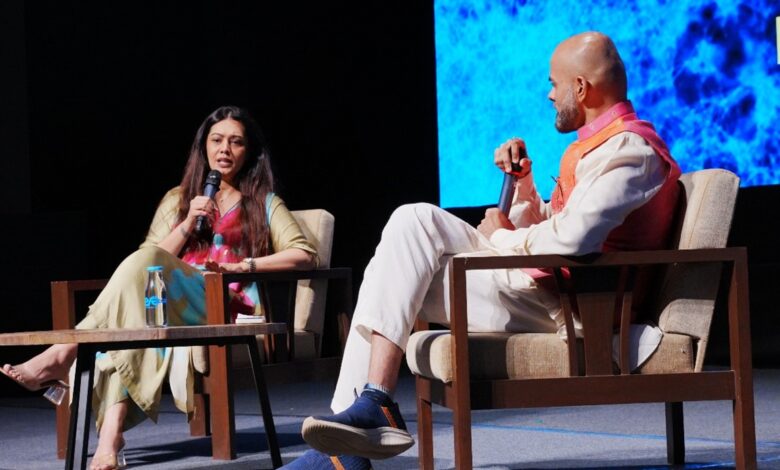
Stitching Characters on Screen: Eka Lakhani Unpacks Films Costume Magic at IFFI
A Cinematic Journey in Costume Design from Ponniyin Selvan to OK Jaanu
Eka Charms Audience by Decoding Nandini, Tara, and Rocky Through Costumes
26 November 2025: At IFFI, the Interview Session titled ‘Costume and Character Arc: The Trendsetters of Cinema’ turned into a masterclass on how costumes don’t just dress characters, they quietly shape, steer, and sometimes even rewrite their stories. With celebrated costume designer Eka Lakhani taking centre stage and filmmaker Jayprad Desai steering the conversation, the audience got a rare backstage pass into the world where fabric meets filmmaking.
Opening the session, Jayprad set the tone by stating a simple truth: “Before a character speaks, their costume has already said a lot.” And that opened the gateway for Eka to dive into her 15-year journey, one that began with dreams of high-fashion runways but ultimately landing in the chaos, colour, and creative madness of cinema.
The Mani Ratnam Magic
Eka reminisced about her early days on the sets of Mani Ratnam’s ‘Raavan,’ interning with Sabyasachi Mukherjee. “I thought fashion was about making beautiful clothes,” she laughed, “but Raavan taught me that beauty must come with feeling.” Under Sabya, she learned how colours breathe within a frame, and how costume design is not a department but a language. Her work in ‘Raavan’ impressed cinematographer Santosh Sivan, who offered her ‘Urumi’ when she was just 23. “That’s where the real journey began,” she said.
Eka’s creative process, much to the amusement of the audience, begins with long conversations with the director, followed by deep script dives. With filmmakers like Mani Ratnam, she revealed, the collaboration starts even earlier, sometimes mid-writing.
“Mani sir brings me in at the scripting stage. When I understand how a character dresses, he understands more about how the character behaves,” she said, underlining how costume design can shape narrative choices.
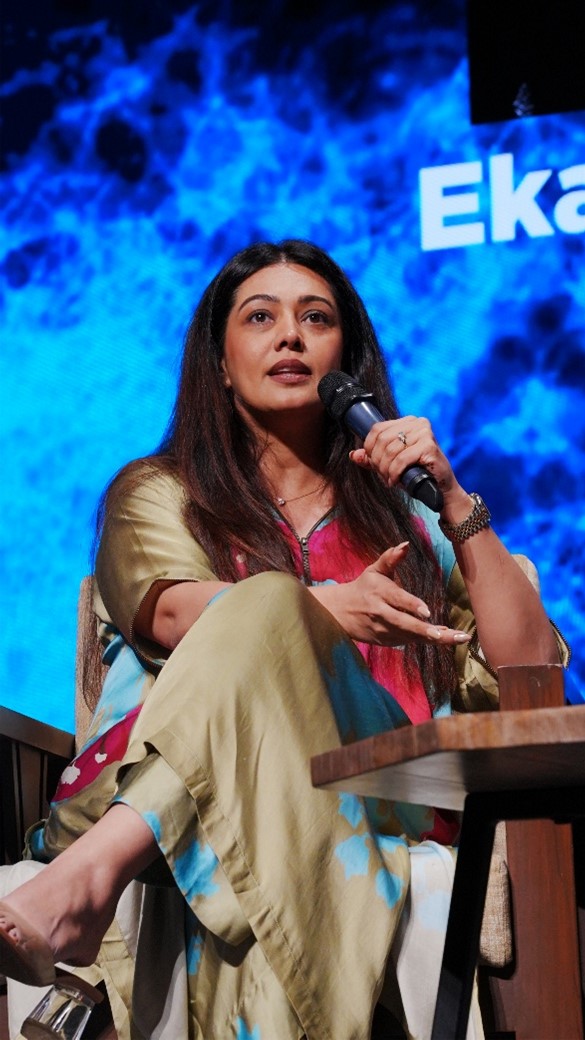
“Cinema is teamwork,” she emphasised. “I’m not trying to create the most beautiful outfit. I’m trying to create the right outfit, the one that lets the actor slip effortlessly into the character.” Her method includes reference-hunting, visual journaling, building detailed notes, and collaborating deeply with her team.
Ponniyin Selvan: History Written in Fabric
For Ponniyin Selvan, Maniratnam sent Eka to Thanjavur before she sketched a single design. The visit became a turning point as Eka absorbed the grandeur of the Chola era through temple bronzes, sculptures, and motifs that eventually shaped the film’s visual universe.
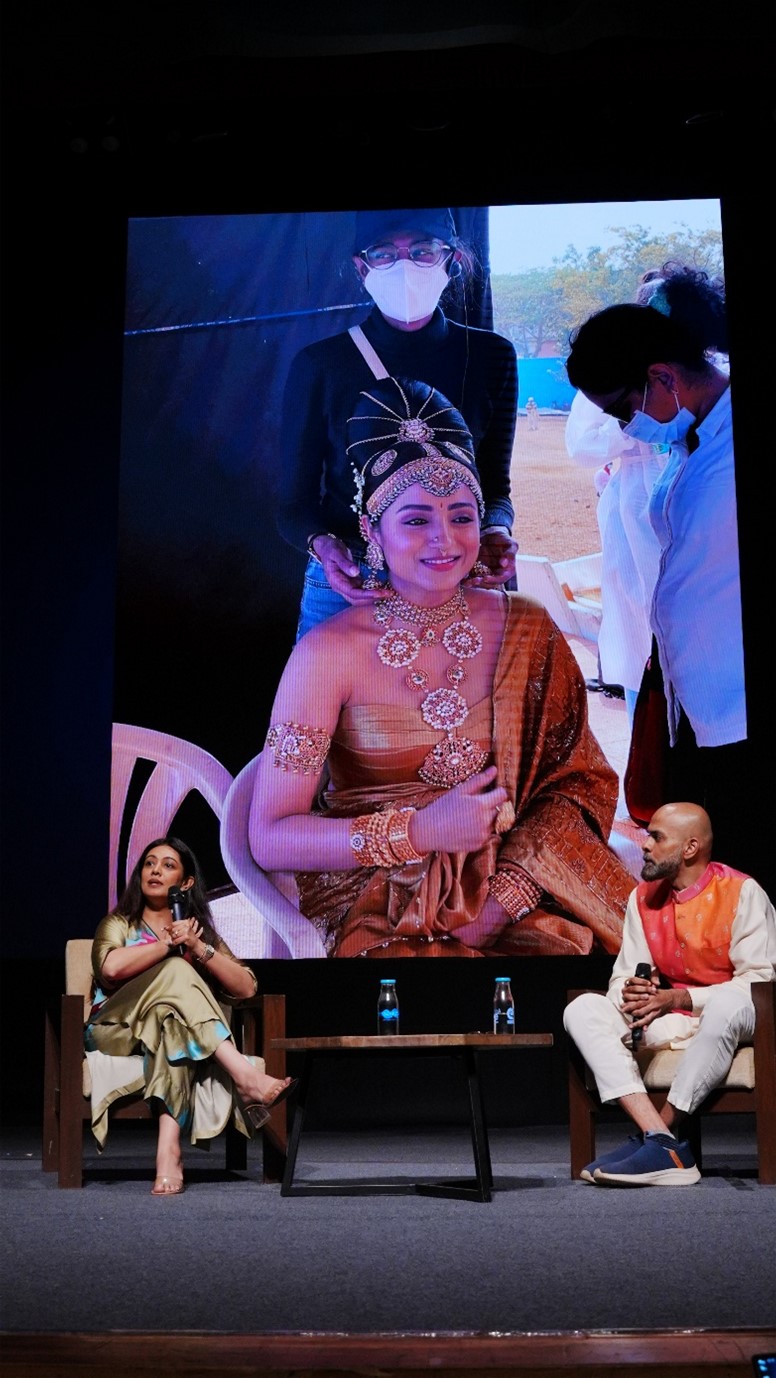
She then broke down the looks of the characters, transforming the session into a mini film school: Nandini, she explained, was designed through the language of seduction and power, her costumes mirror her magnetic pull and hunger for control. Kundavai, on the other hand, was “born into power,” and her look reflects that innate authority: restrained and composed. Adithya Karikalan’s palette was driven by his inner turbulence. His rage, ache and emotional unrest translated into brooding reds and blacks. In contrast, Arulmozhi Varman was imagined as the calm, beloved leader of the people, prompting Eka to dress him in serene ivories and soft golds that conveyed his clarity, compassion and quiet nobility.
Two Taras, Two Worlds and the Rebirth of Sanju
Eka also revealed how the same character, Tara, demanded two completely different wardrobes in ‘OK Kanmani’ and ‘OK Jaanu’. “In Tamil, Tara had to be relatable. In Hindi, she had to be aspirational,” she said, explaining how audience sensibilities influence costume choices. She even shared a hilarious anecdote of turning cushion covers into Shraddha Kapoor’s now-iconic ‘Hamma Hamma’ shorts at the last minute.
When working on ‘Sanju,’ Eka took a more research-heavy approach, matching references with near-perfect accuracy. She credited makeup and hair teams, production designers, and director of photographers (DoPs) for helping to put the look of the character together. “DoPs are a costumer’s best friend,” she said. “They’ll tell you if a colour will betray you on screen.”
Eka ended with the example of ‘Rocky Aur Rani Ki Prem Kahani,’ where Rocky’s evolving wardrobe mirrors the evolution of his personality. The audience enjoyed her decoding of Rocky’s look, getting to know how costumes define a character. As the session drew to a close, it became clear that costumes are far more than visual embellishment, they are narrative tools that breathe life into characters. In Eka Lakhani’s world, every stitch has purpose, and every colour carries meaning.




